Despite years of studies about different illnesses, there are still plenty of misconceptions and unknown HIV facts for nurses. This is not surprising to know as the medical world is still learning about HIV since it became a global health threat in the 1980s. Existing facts about HIV continue to be updated and changed as the medical world race with time in finding a cure to this infection.
Below is a list of the most common misconceptions that nurses have about HIV:
Misconception: HIV and AIDS are the same
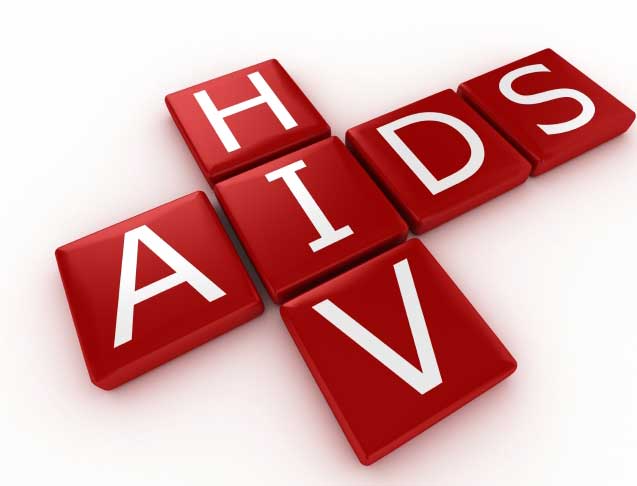
Fact: HIV is different from AIDS. HIV, or the Human Immunodeficiency Virus, is a virus that weakens the immune system by attacking the CD4 cells (T cells) of the body. Once the CD4 cells fall below normal levels, the body can no longer fight infections.
On the other hand, AIDS or the Acquired Immunodeficiency Syndrome is a condition where HIV makes CD4 cells fall below normal levels and the body starts getting opportunistic infections. If the opportunistic infections are not immediately treated, death may occur.
Misconception: You can get HIV through needle sticks
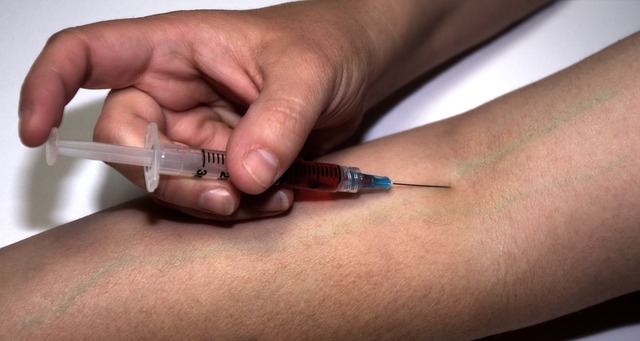
Fact: The risk of acquiring HIV from an infected source through needle sticks is 0.3% or 30 out of 10,000 cases (CDC, 2005). This risk is relatively low if compared to the risk of acquiring Hepatitis B (6% – 30%) and Hepatitis C (2%).
The risk of acquiring HIV through mucous membrane exposure is even lower at 0.09%.
If an occupational exposure happens, the risk of acquiring HIV is reduced if Post Exposure Prophylaxis (PEP) is started immediately. Baseline HIV testing is done after the incident to determine pre-existing HIV infection. Then, the test will be repeated after three months as HIV is not detectable in screening kits during the window period of the infection (2 week – 3 months).
Misconception: You can get HIV through casual contact

Fact: HIV can only be transmitted through four body fluids – blood, semen, vaginal fluids and breast milk. It cannot be transmitted through urine, saliva, feces, sweat and tears.
Therefore, you cannot get HIV through casual contact like shaking hands, hugging, kissing or dining with an HIV-positive person.
Also Read: Battle Against HIV-AIDS: A National Concern
Misconception: HIV infection is curable

Fact: Once infected, HIV cannot be totally eliminated from a person’s body. However, the spread of the virus can be controlled by taking Antiretroviral Therapy (ART). An ART consists of antiretroviral drug combinations that work in suppressing the progression of HIV infection. The treatment regimen cannot eliminate the virus from the body but it can take HIV viral load down to a low level.
Misconception: There is no approved Pre-Exposure Prophylaxis for HIV
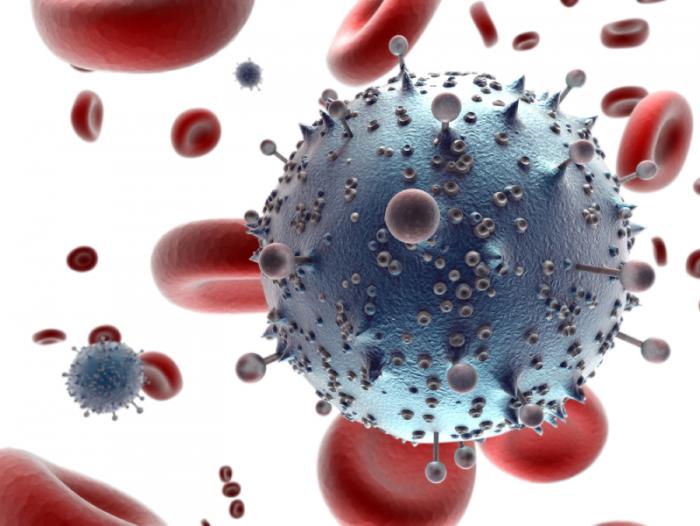
Fact: There are ongoing trials about the approved use of pre-exposure prophylaxis (PrEP) for HIV. Currently, Truvada (tenofovir + emtricitabine) is being used as a once-a-day PrEP for people who are at high risk of getting HIV infection. If taken consistently, it reduces the risk of HIV infection by up to 92%.
Prescribed PrEP must be taken consistently everyday on top of other prevention methods like condoms. People taking PrEP should be seen by their physicians on follow-up check-ups every three months.
Misconception: Partners of HIV-positive people are also HIV-positive

Fact: If the HIV-positive person is compliant with ART, the risk of transmitting HIV to an HIV-negative person is reduced to 4%. The risk is even lower if the HIV-negative partner takes PrEP.
Also Read: 7 Best TED Talks for Nurses
Misconception: Mother to infant transmission is inevitable

Fact: Mother to infant HIV transmission is preventable. If an HIV-positive woman is ART-compliant before and during pregnancy, the risk of transmitting the infection to the unborn child is 2%.
HIV-positive mothers can still opt for vaginal deliveries as long as appropriate precautions during delivery will be followed. However, breastfeeding is not allowed as the HIV-positive mother can transmit the virus through breast milk.
Instead of breastfeeding, formula milk or breast milk from milk banks is recommended.
Misconception: HIV infection is easy to see in a patient

Fact: HIV infection can only be confirmed through a laboratory test. There is no other way to tell if a person is HIV-positive or not.
Newly infected HIV-positive patients are usually asymptomatic or they just present initial flu-like symptoms in the first weeks of the infection. HIV-positive patients who are in early stages of AIDS present non-specific symptoms like fever, cough and body malaise.
Most symptoms are related to opportunistic infections like pneumonia, leukoplakia, tuberculosis, bacterial meningitis and many more.
Also Read: 8 Diagnostics & Lab Procedures Nursing Flashcards
Did you know these HIV facts for nurses? Every day, more and more people become affected by HIV. After almost forty years of research, no cure is still officially known for HIV infection.
As nurses, let us promote the spread of right information about HIV especially for those who are already known positive. Encourage HIV testing as early detection is an important key in preventing the progression and spread of HIV.


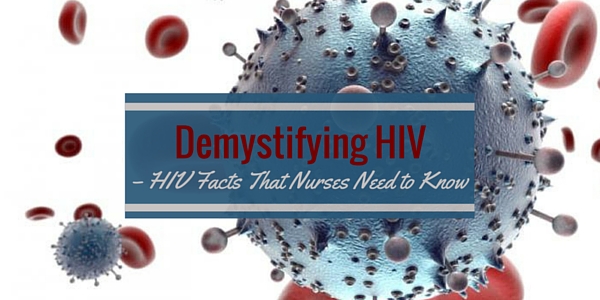



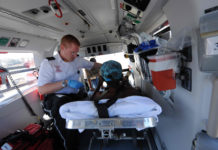






![How Baby Boomers Will Impact The Nursing Shortage [Infographic] nursing shortage infographics](https://www.nursebuff.com/wp-content/uploads/2015/01/nursing-shortage-infographics-100x70.png)





